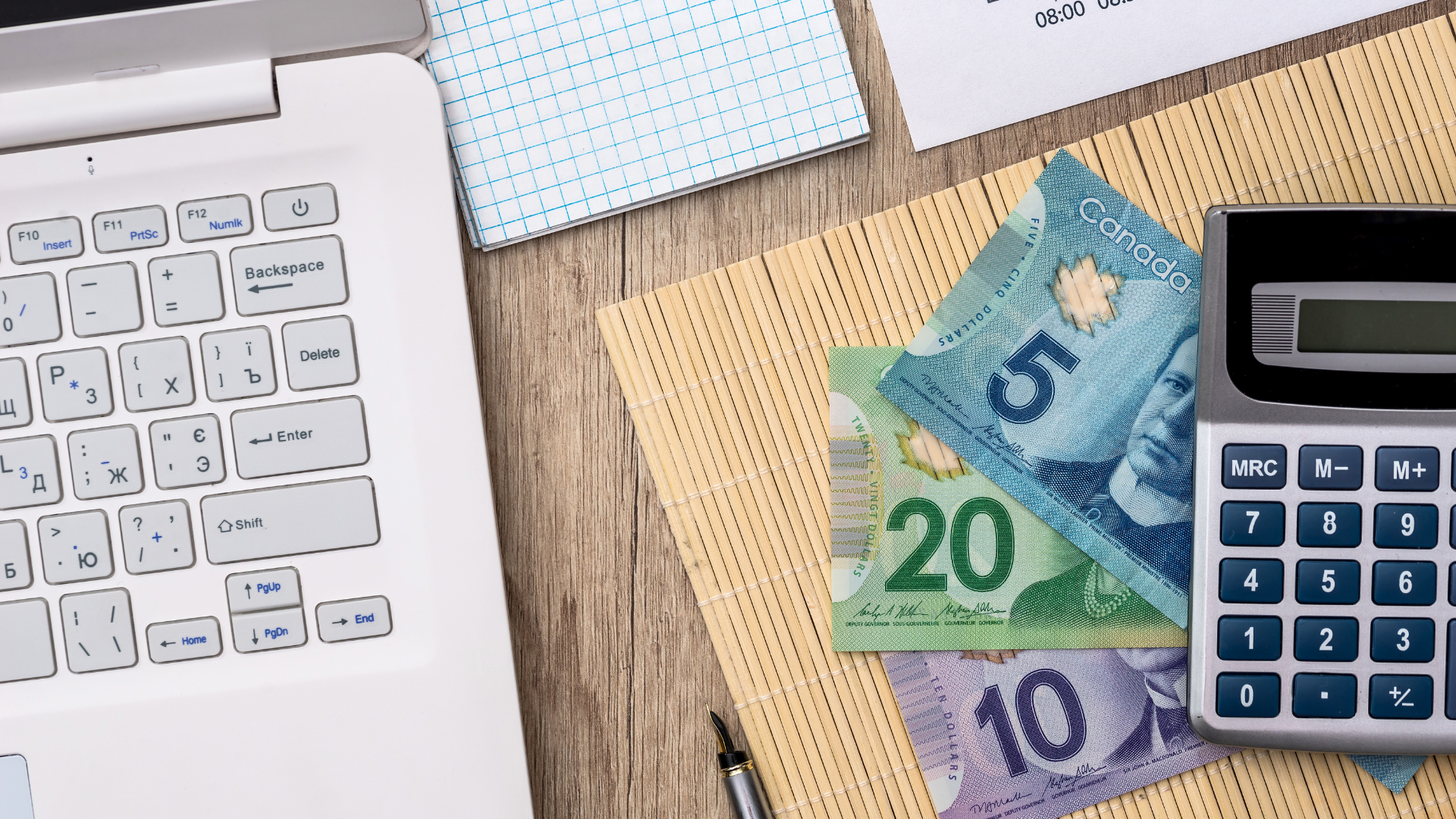Business owner
Everything Small Business Owners Need to Know About Invoicing
March 10, 2023

Being a small business owner is a 24X7 job. In the beginning, you’re the boss, the employee and everything else your business needs you to be. However, customer satisfaction is of utmost importance in any business, regardless of the stage in your business journey. As a small business owner, you work hard to give your customers the best possible service in the stipulated time and cost. It is then your prerogative to receive payment for the services provided in a timely, stress-free manner. For this to happen smoothly, it is necessary to set a proper process for generating, dispatching and recording invoices for the work you have done for any client.
An invoice is a document a business sends to a customer or purchaser requesting the agreed-upon payment for the services rendered or goods sold to them. The invoice includes a detailed list of the goods or services provided for the convenience and transparency of both parties involved. It acts as documentary proof of the sale and purchase. But how does one go about making an invoice?
Here are some tips small business owners can use when making an invoice:
Information Small Business Owners Should Include in the Invoice
Details of Seller and Purchaser
The first and foremost thing is to mention the name(s) of both parties, the names of the businesses, their physical addresses, email ids and contact numbers. An easier way of including your correspondence details on your invoice would be to design a letterhead for yourself and your business. It also gives your invoice a professional look and credibility, increasing the chance of getting cleared at the earliest. You must also add the invoice/order number, a unique number given to every invoice you send. A good practice is to provide each customer an exclusive and sequential identification code at the beginning of every year. It makes it easier for bookkeeping purposes.
Details of Goods or Services Provided
While it is advisable to send out invoices as soon as the work is completed, it may sometimes take a while before you send the invoice to your client. At such times, it might be difficult for the receiver to remember what services the invoice is raised for. Hence, including a detailed list of the goods or services rendered in the invoice is essential. You can make this easier for the client and yourself by breaking the list into individual entries with the corresponding charges. This can help the client cross-check it and clarify any queries they might have in case of a specific threshold. For example, if you bill the client for services hourly, the exact number of hours you put in by you must be mentioned, along with the hourly rate. Likewise, if you sell goods, note the quantity, details, and price of goods.
Tax Details
Most businesses pay indirect tax to the Canada Revenue Agency (CRA), which they collect from customers. Your invoice should state the price of the goods or services and the applicable tax rate – the Harmonized Sale Tax (HST), Goods and Services Tax (GST), and Provincial Sales Tax (PST). The tax rate differs from business to business. Your invoice should show the tax breakdown and the total amount at the end.
Due Date and Terms of Payment
Usually, the nitty-gritty of the business to be transacted between the customer and you are discussed and agreed upon beforehand, including the payment terms. Nevertheless, reiterating your prearranged terms is always good. So make sure your invoice explicitly states the payment due date, whether 30 days, 60 days, 90 days or at your convenience. Also, list a set of guidelines for your customers to follow to complete the transaction without hiccups. If you levy an extra charge for late payments or offer special incentives like discounts for early or prompt payments, don’t forget to mention that in the invoice.
Summing up the details, your invoice should speak about the transaction in a way that a third party not involved in the transaction can understand. Again, you can use readymade templates or make an invoice template of your own.
How Can E-Invoicing Help Small Business Owners?
The era of posting physical invoices is running out fast, although some people still prefer them over digital ones. Physical invoices can be tedious to handle. Firstly, storing paper invoices takes up a lot of storage space and can be a nightmare for the bookkeeping department, especially during tax season. Secondly, the cost of the paper, printer ink and mail charges are relatively high, not to mention the extra work and material that goes in if you make an error in the invoice.
It’s no wonder many small business owners prefer e-invoices over traditional paper invoices. Several online invoicing software is available that are easy to use. They can do several tasks, like automating your invoicing processes for regular customers, tracking the status of an invoice, sending reminders if required, and more. Some software also enables you to add a “Pay Now” button linked to a secure, third-party merchant payment services provider to your invoices. Your client can make payments promptly and directly through the invoice itself. They can be easily stored on your computer or the cloud and accessed anytime.
The CRA also accepts, even prefers actually, e-invoices to paper invoices. So you need not worry about that at all.
Contact KSSP Partners LLP in Markham for Your Invoicing and Bookkeeping Needs
Talk to a professional bookkeeper to outsource your bookkeeping so that you can save time and focus on your business. At KSSP Partners LLP, our accountants and bookkeepers can provide services to outsource your accounting and reporting needs. To learn more about how KSSP Partners LLP can provide you with the best accounting and bookkeeping expertise, contact us online or by telephone at 289-554-5997.


